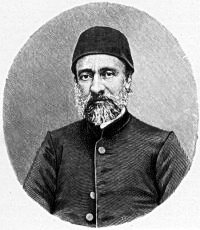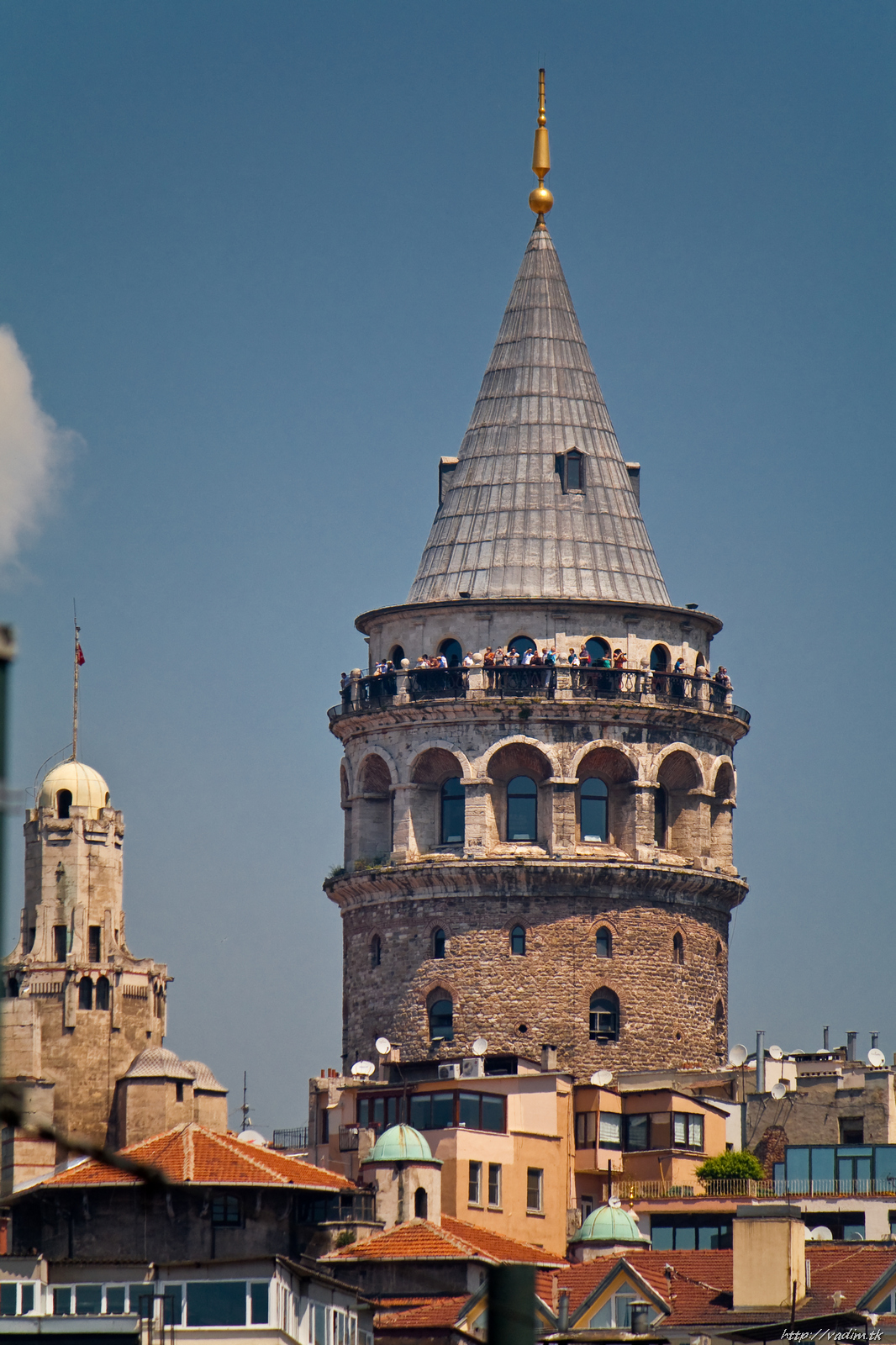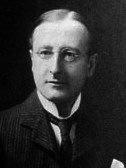|
Düstur
The Ottoman Code of Public Laws, also known as the Düstur or Destur or Doustour, was a set of laws in the Ottoman Empire.Strauss, "A Constitution for a Multilingual Empire," p. 23 (PDF p. 25) The name in Ottoman Turkish comes from a Persian word for a law collection, "Destur". - PDF p. 13/263 It includes the penal code as well as some civil and commercial laws. The first Ottoman Turkish volume was published in 1862, and the second was published in 1865. Serialization began in 1872, and the first volume labeled "Destur" was published in 1873. The final volume was published in 1886. M. Safa Saraçoğlu, author of "Economic Interventionism, Islamic Law and Provincial Government in the Ottoman Empire," stated that its style and structure are similar to that of the 1851 legal collection ''Mecmu'a-yı Kavanin''., Cited: p66 At one time the price was 400 piastres.Balta and Kavak, p52 Nicolaides, who indicated in applications to the Ottoman press office that he intended to help increase ... [...More Info...] [...Related Items...] OR: [Wikipedia] [Google] [Baidu] |
Düstur - Kavanin Ve Nizamâtın Münderic Olduğu Mecmuaya Zam-ı Dal Ile Düstur Dinlavar
The Ottoman Code of Public Laws, also known as the Düstur or Destur or Doustour, was a set of laws in the Ottoman Empire.Strauss, "A Constitution for a Multilingual Empire," p. 23 (PDF p. 25) The name in Ottoman Turkish comes from a Persian word for a law collection, "Destur". - PDF p. 13/263 It includes the penal code as well as some civil and commercial laws. The first Ottoman Turkish volume was published in 1862, and the second was published in 1865. Serialization began in 1872, and the first volume labeled "Destur" was published in 1873. The final volume was published in 1886. M. Safa Saraçoğlu, author of "Economic Interventionism, Islamic Law and Provincial Government in the Ottoman Empire," stated that its style and structure are similar to that of the 1851 legal collection ''Mecmu'a-yı Kavanin''., Cited: p66 At one time the price was 400 piastres.Balta and Kavak, p52 Nicolaides, who indicated in applications to the Ottoman press office that he intended to help increase ... [...More Info...] [...Related Items...] OR: [Wikipedia] [Google] [Baidu] |
Législation Ottomane
''Législation ottomane, ou Recueil des lois, règlements, ordonnances, traités, capitulations et autres documents officiels de l'Empire ottoman'' is a collection of Ottoman law published by Gregory Aristarchis (as ''Grégoire Aristarchi'') and edited by Demetrius Nicolaides (as ''Démétrius Nicolaïdes''). The volumes were published from 1873 to 1888. It was one of the first collections of the Ottoman Law in seven volumes in French, Aristarchis is named in most volumes, except for 6–7,Strauss, "A Constitution for a Multilingual Empire," p. 27 (PDF p. 29) which, according to Strauss, "seem to have been edited solely by Demetrius Nicolaides".Strauss, "A Constitution for a Multilingual Empire," p. 27-28 (PDF p. 29-30) The collection was intended for foreigners living in the empire, including employees of foreign ministries. Strauss described it as the "best-known example of" a collection of Ottoman laws. Volume 1 was published in 1873, Volumes 2–4 were published in 1874, Volu ... [...More Info...] [...Related Items...] OR: [Wikipedia] [Google] [Baidu] |
Demetrius Nicolaides
Demetrius Nicolaides ( el, Δημήτριος Νικολαΐδης ''Dimitrios Nikolaidis''; french: Démétrius Nicolaïdes;c. 1843Strauss, "A Constitution for a Multilingual Empire," p. 29 (PDF p. 31) - 3 July 1915Balta and Kavak, p56), also known as Nikolaidis Efendi,Balta and Kavak, p41 was an Ottoman Greek journalist and compiler of legislation. Johann Strauss, author of "A Constitution for a Multilingual Empire: Translations of the '' Kanun-ı Esasi'' and Other Official Texts into Minority Languages," wrote that Nicolaides was "an extremely active but somewhat enigmatic figure in the press life of 19th century Istanbul." Nicolaides was born and raised in Ottoman Constantinople (now Istanbul) and attended the Great School of the Nation (Megalē tou Genous scholē), he graduated in 1861. His family was the Ieromnimon.Balta and Kavak, p33 Career He began editing the ''Anatolikos Astēr'' in 1862. In 1864 he left the first publication and began editing '' Heptalophos''; he recei ... [...More Info...] [...Related Items...] OR: [Wikipedia] [Google] [Baidu] |
Eptalofos
''Konstantinoupolis'' ( el, Κωνσταντινούπολις, "Constantinople"), originally ''Heptalophos'' or ''Eptalofos'' (Ἑπτάλοφος, "City of Seven Hills"), was a Greek-language newspaper and periodical published in the Ottoman Empire. The historian Johann Strauss wrote that ''Konstantinoupolis'' "was long to remain the most widely read Greek paper in the Ottoman Empire."info page on bookat Martin Luther University) // Cited: p. 29 (PDF p. 31). An employee, Manuel Gedeon,Balta and Kavak, p37 stated that the style of the periodical was similar to that of ''Revue des Deux Mondes''.Balta and Kavak, p35 According to historians Evangelia Balta and Ayșe Kavak, ''Konstantinoupolis'' "went down in the history of the Istanbul press as setting the seal on Ottoman_Greek_newspaper_and_legal_code_publisher_Demetrius_Nicolaides.html" ;"title="/nowiki>Ottoman Greek newspaper and legal code publisher Demetrius Nicolaides">/nowiki>Ottoman Greek newspaper and legal code publisher D ... [...More Info...] [...Related Items...] OR: [Wikipedia] [Google] [Baidu] |
Ottoman Reform Edict Of 1856
The Imperial Reform Edict ( ota, اصلاحات خط همايونى, ''Islâhat Hatt-ı Hümâyûnu''; Modern tr, Islâhat Fermânı) was a February 18, 1856 edict of the Ottoman government and part of the Tanzimat reforms. The decree from Ottoman Sultan Abdulmejid I promised equality in education, government appointments, and administration of justice to all regardless of creed. The decree is often seen as a result of the influence of France and Britain, which assisted the Ottoman Empire against the Russians during the Crimean War (1853–1856) and the Treaty of Paris (1856) which ended the war. Hatt-ı Hümayun was a promise by the Sultan to his citizens, subjects. Sultan promised to be held responsible for the constitution of the "Provincial Councils" and "Communal Councils" and the fairness of this process and the results. In matters concerning all the subjects of the State (related with Hatt-ı Hümayun), the spiritual leader of every congregation, along with its officia ... [...More Info...] [...Related Items...] OR: [Wikipedia] [Google] [Baidu] |
Dragoman
A dragoman or Interpretation was an interpreter, translator, and official guide between Turkish-, Arabic-, and Persian-speaking countries and polities of the Middle East and European embassies, consulates, vice-consulates and trading posts. A dragoman had to have a knowledge of Arabic, Persian, Turkish, and European languages. In the Ottoman Empire, Dragomans were mainly members of the Ottoman Greek community, which possessed considerable multilingual skills, because substantial Greek trading communities did business in the worlds of the Mediterranean Sea, the Black Sea, the Atlantic Ocean and the Indian Ocean. To a lesser extent, other communities with international commercial links, notably the Armenians, were recruited. Etymology and variants In Arabic the word is ترجمان (''tarjumān''), in Turkish ''tercüman''. Deriving from the Semitic quadriliteral root ''t-r-g-m'', it appears in Akkadian as "targumannu," in Ge'ez (Classical Ethiopic) as ትርጓም (''t-r- ... [...More Info...] [...Related Items...] OR: [Wikipedia] [Google] [Baidu] |
Levantine People In Turkey
Levantines in Turkey or Turkish Levantines, refers to the descendants of Europeans who settled in the coastal cities of the Ottoman Empire to trade, especially after the Tanzimat Era. Their estimated population today is around 1,000.Levanten kültürü turizme açılıyor haberler.com (12.08.2013) They mainly reside in , and . Anatolian Muslims called Levantines ''Frenk'' (first used for French, then for all non-Orthodox Europeans) and ... [...More Info...] [...Related Items...] OR: [Wikipedia] [Google] [Baidu] |
Corps De Droit Ottoman
''Corps de droit ottoman; recueil des codes, lois, règlements, ordonnances et actes les plus importants du droit intérieur, et d'études sur le droit coutumier de l'Empire ottoman'' ("Ottoman Body of Law: Compendium the Most Important Codes, Laws, Regulations, and Acts of Domestic Law, and Studies of Customary Law, of the Ottoman Empire") is a 1905-1906 seven-volume French-language collection of Ottoman Empire law edited by George Young (1872-1952), published by Clarendon Press in the United Kingdom. D. G. Hogarth of ''The English Historical Review'' wrote that the author's main concern was constituent legislation and that the work "is not intended to be a complete publication of either the civil or the criminal code in use."Hogarth, p. 187. Part I, Volumes I-III, were published in 1905, while Part II, Volumes IV-VI, were published in 1906. Background Young worked for Embassy of the United Kingdom in the Ottoman Empire in Constantinople (now Istanbul). At the time of publicati ... [...More Info...] [...Related Items...] OR: [Wikipedia] [Google] [Baidu] |
John Alexander Strachey Bucknill
Sir John Alexander Strachey Bucknill KC (14 September 1873 – 6 October 1926) was a British lawyer and Judge. He served as Attorney General of Hong Kong, Chief Justice of the Straits Settlements and Puisne Judge in Patna, India. Early life Bucknill was born in Clifton, Bristol, England on 14 September 1873. He was the son of Sir Thomas Townsend Bucknill a Justice of the High Court in England.Unless otherwise noted, biographical details from Ibis, Volume 69, Issue 1, pages 139–145, January 1927 His younger half-brother was Sir Alfred Townsend Bucknill (1880–1963), who became a High Court Judge in England and in 1945 was appointed a Privy Councillor. Bucknill was educated at Charterhouse School and Keble College, Oxford where he took honours in the Natural Science School. He was called to the Bar at the Inner Temple in 1896 and practiced on the Midland Circuit until 1902. In 1901 Bucknill married Alice, youngest daughter of Admiral Sir George Henry Richards FRS. They had t ... [...More Info...] [...Related Items...] OR: [Wikipedia] [Google] [Baidu] |
Code De Commerce
In communications and information processing, code is a system of rules to convert information—such as a letter, word, sound, image, or gesture—into another form, sometimes shortened or secret, for communication through a communication channel or storage in a storage medium. An early example is an invention of language, which enabled a person, through speech, to communicate what they thought, saw, heard, or felt to others. But speech limits the range of communication to the distance a voice can carry and limits the audience to those present when the speech is uttered. The invention of writing, which converted spoken language into visual symbols, extended the range of communication across space and time. The process of encoding converts information from a source into symbols for communication or storage. Decoding is the reverse process, converting code symbols back into a form that the recipient understands, such as English or/and Spanish. One reason for coding is to ... [...More Info...] [...Related Items...] OR: [Wikipedia] [Google] [Baidu] |



